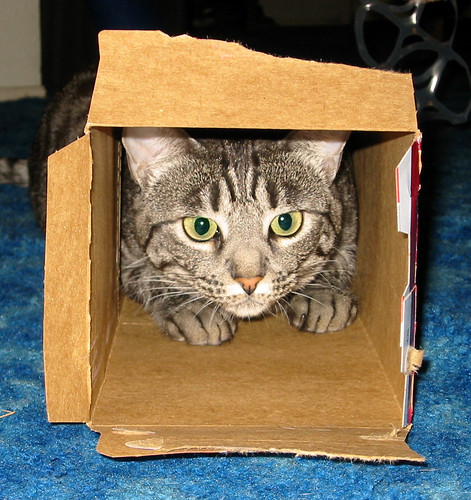It is bad enough that we often have to deal with pests, critters and insects outside the home, but indoor pest troubles can be far worse. Once certain types of insects and critters settle into your home’s floors, walls, or other areas, costly and often invasive procedures may be needed to fully rid the home of them and repair any lost damage. In addition to this, household pets can also harbor certain types of pests and independently cause havoc when we are not present. If you are in the market for indoor pest and pet solutions, then continue reading to find out more about four gadgets that can assist.
Telescoping Insect Zapper
Anyone who has insects in the home will love the Telescoping Insect Zapper, a hand-held flyswatter with an electric charge to kill insects without all the mess that traditional swatters would cause. The device uses two AA batteries to zap any and all insects on contact, and can extend up to three feet in length depending on your need for reach. The large zapping head can rotate and pivot in various directions to help you get the best contact with any and all insects. Currently available for just $20, the Telescoping Insect Zapper is a clean and chemical-free solution for indoor pest control.
CatScram
Oh, those crazy cats! They’ll climb anywhere, and in the process, knock things off of shelves, countertops and other areas. The CatScram device is an affordable way to discourage our feline friends from their pursuit of higher and higher places. It emits an ultrasonic pulse that will drive cats crazy; whenever one comes near the device, the sound will cause the cat to leap away from the surface and scurry on its way. Perfect for those who want to condition their cats not to jump onto higher surfaces and areas, the CatScram can be purchased for around $50 through select online retailers.
Bell & Howell Ultrasonic Pest Repeller
The Bell & Howell Ultrasonic Pest Repeller uses a combination of ultrasonic and electromagnetic pulses to deter mice, ants, roaches and other insects from a wide area of the home. You simply plug the device into any wall socket and once activated, it sends a pulse of energy through your home’s wiring to deter pests on an entire floor – up to 1000 square feet! The unit even provides an additional outlet along its side to ensure that it is as minimally invasive as possible. Currently available for around $20, you can find the Bell & Howell unit in stores and online.
Under Hood Animal Repeller
Not only are pests and critters a problem in the living spaces of your home, but they also love to congregate in cooler, darker places – like the garage. The Under Hood Animal Repeller is a great solution that prevents rats and other rodents from crawling into your car’s undercarriage and causing damage to your automobiles. It is activate when it senses movement within the vehicle’s underside and emits an ultrasonic blast to deter them from further movement. Currently available for $30, this anti-rodent device may be one of the cheapest and best investments for your garage and automobiles.
Kevin Ben works at Peregrine, a pest control service in Calgary. He is very tech savvy and he enjoys researching about the latest innovation trends in the market.









